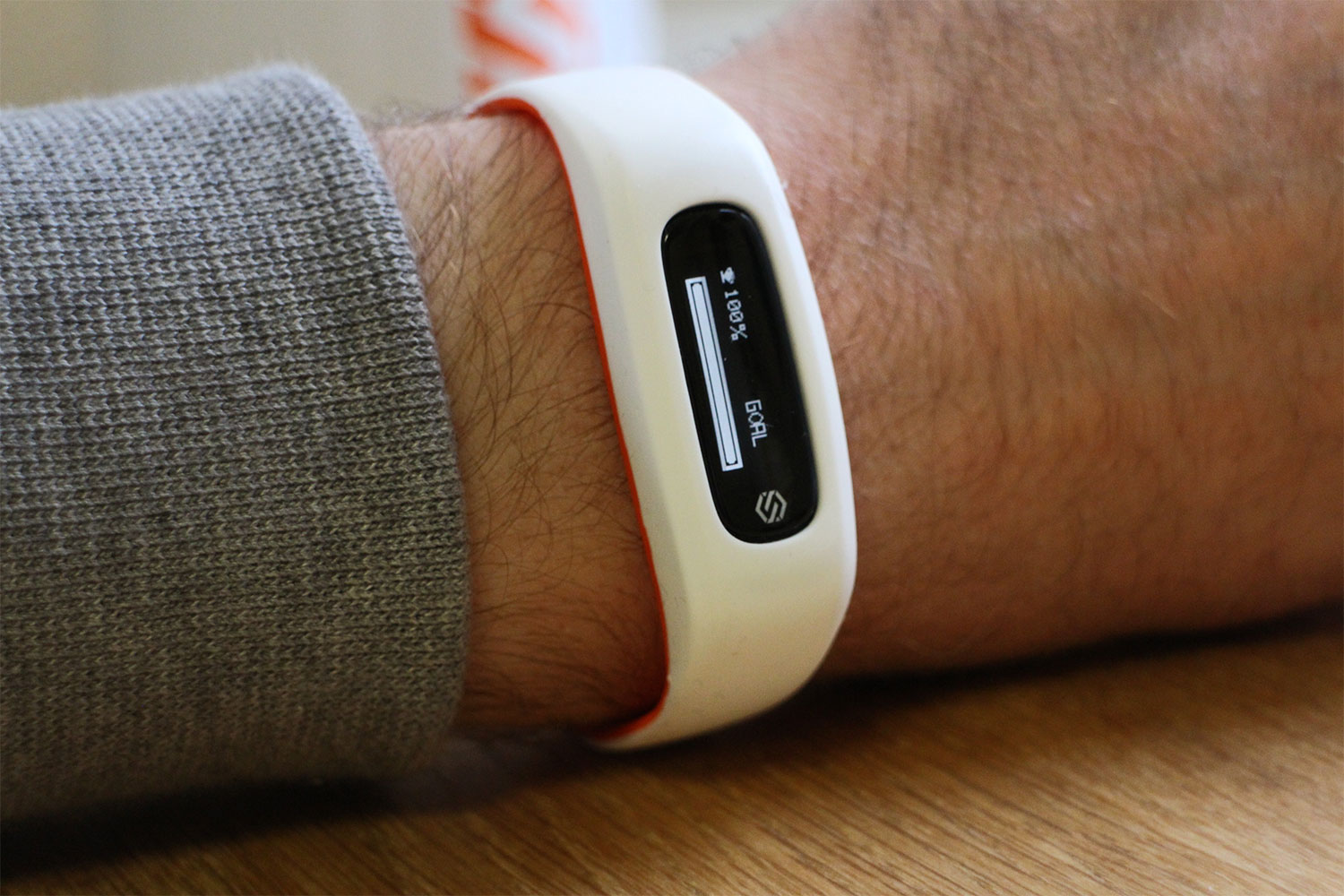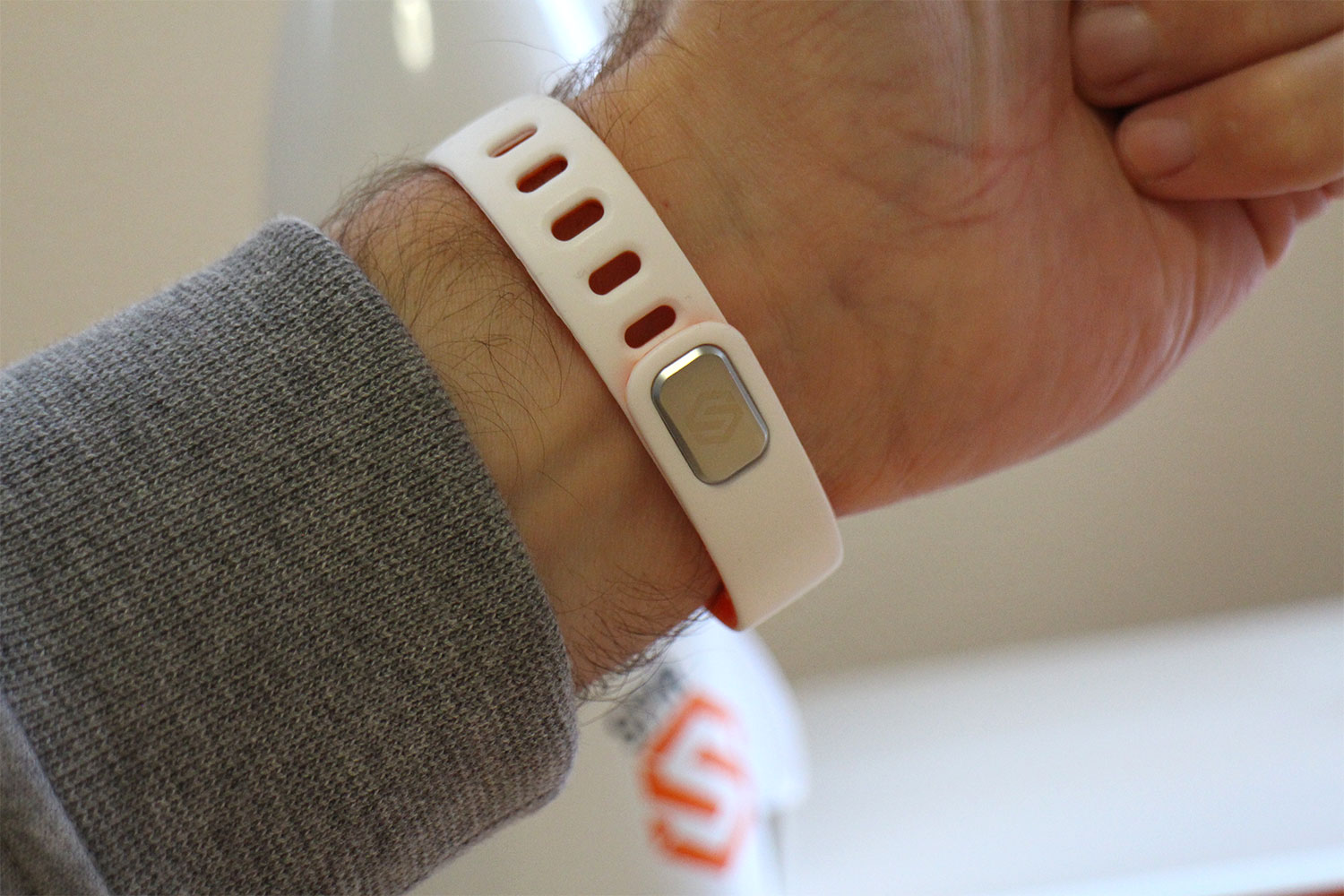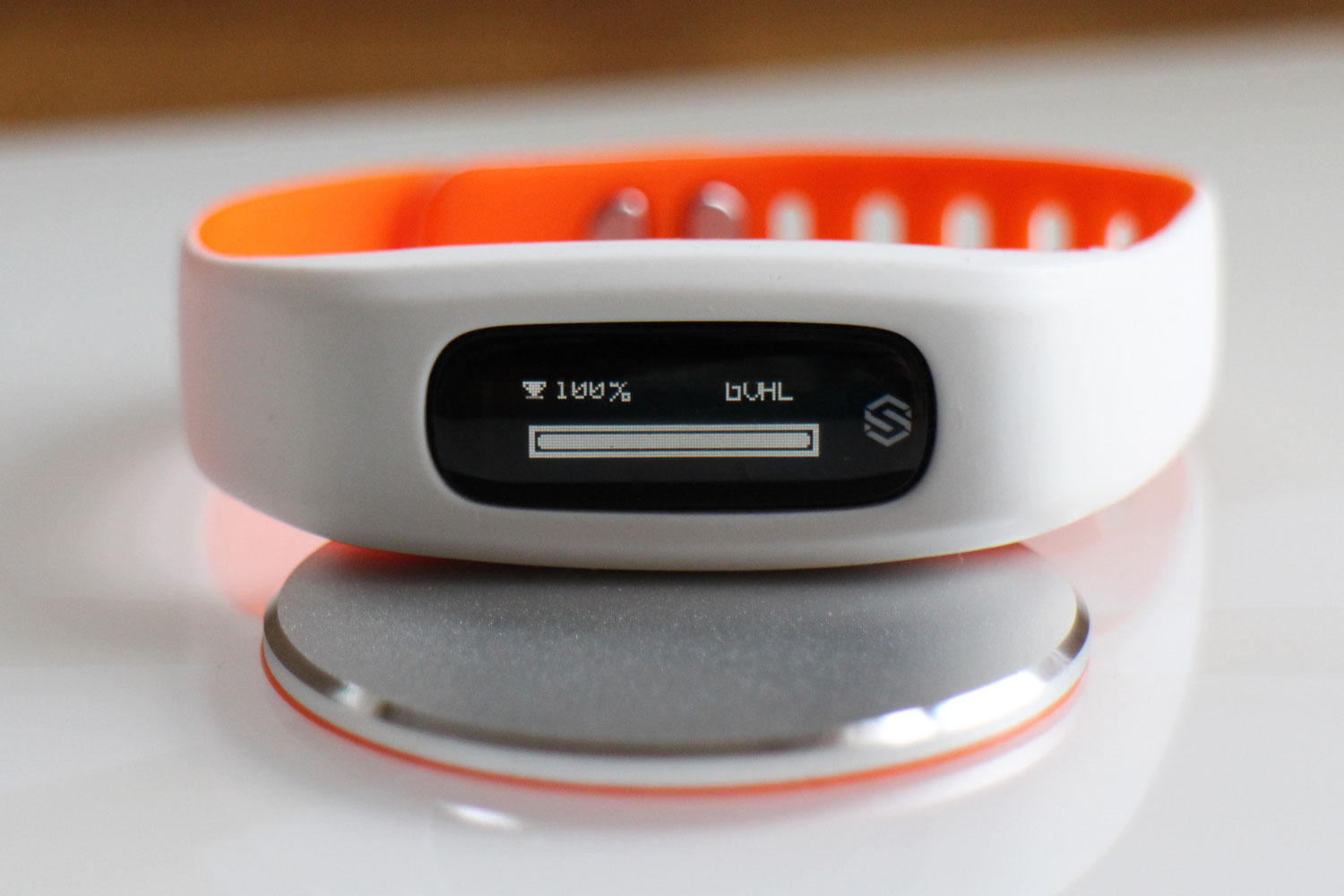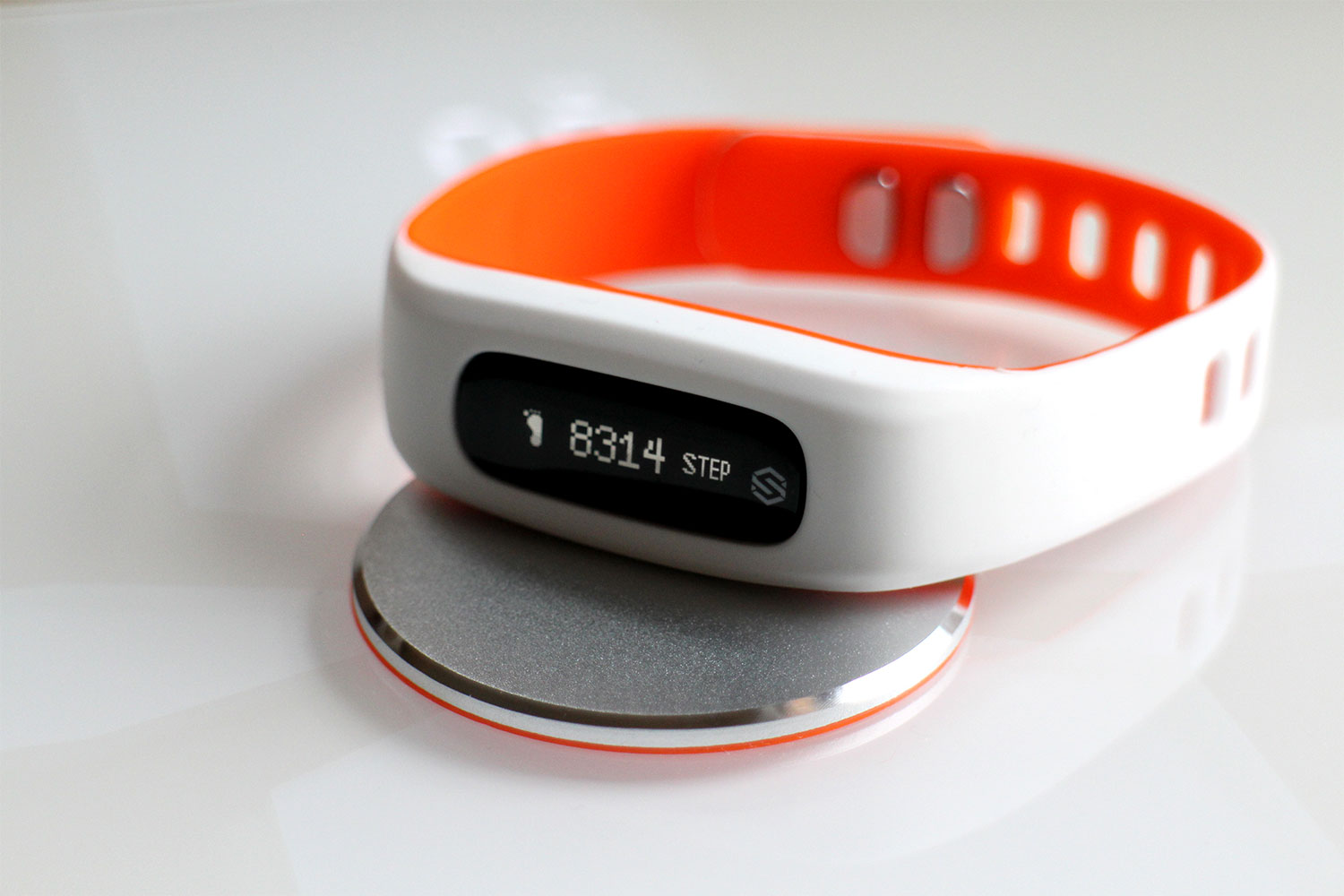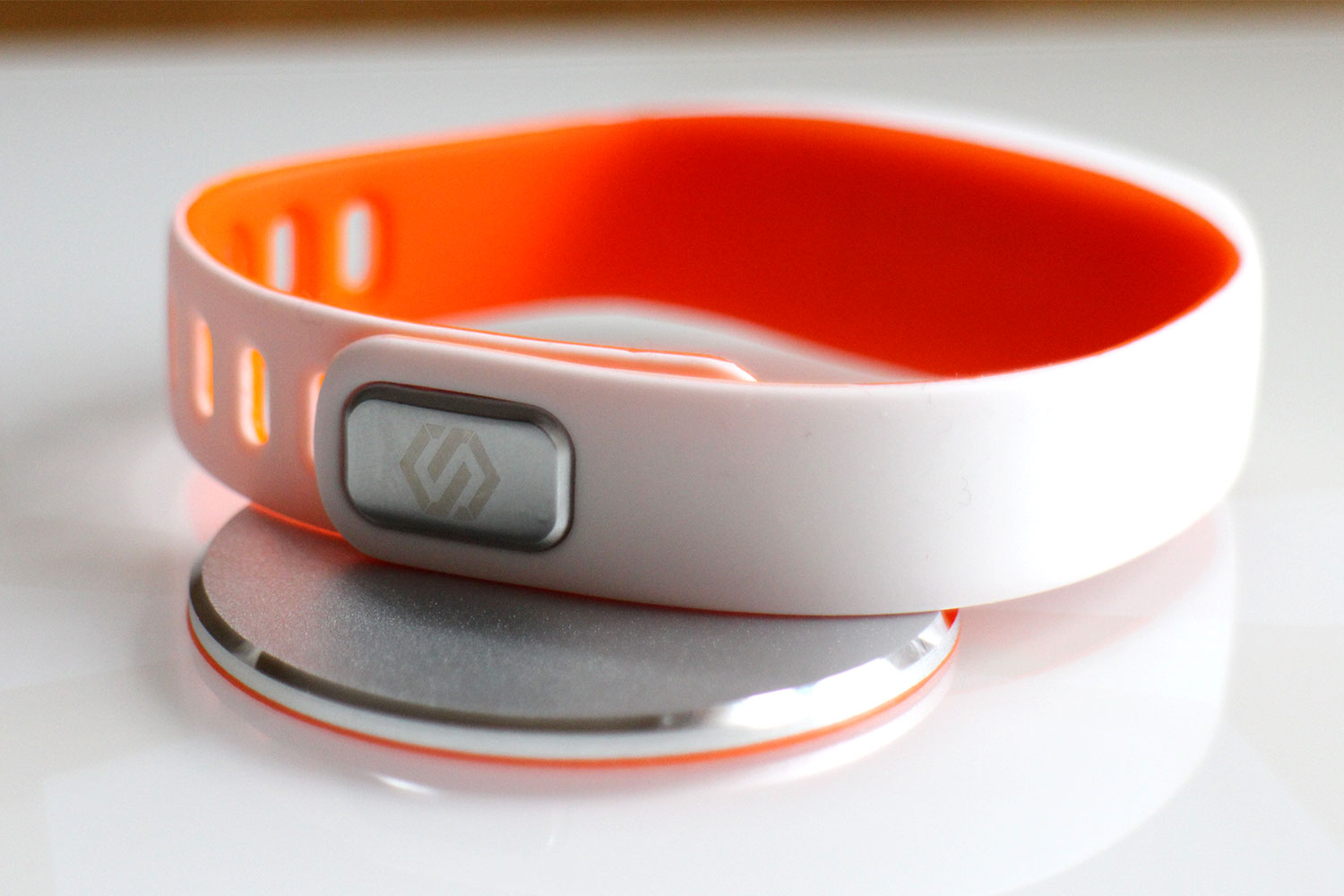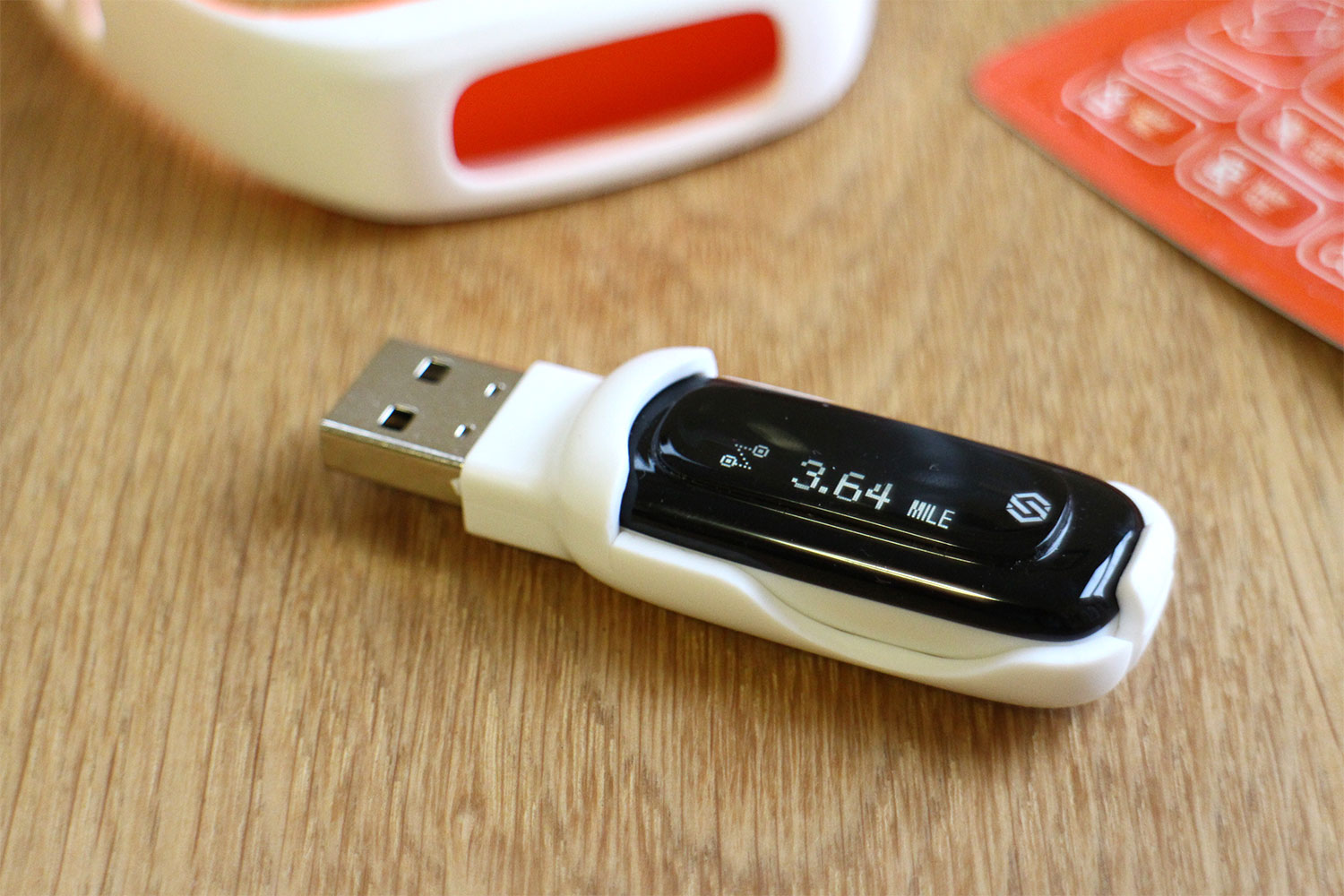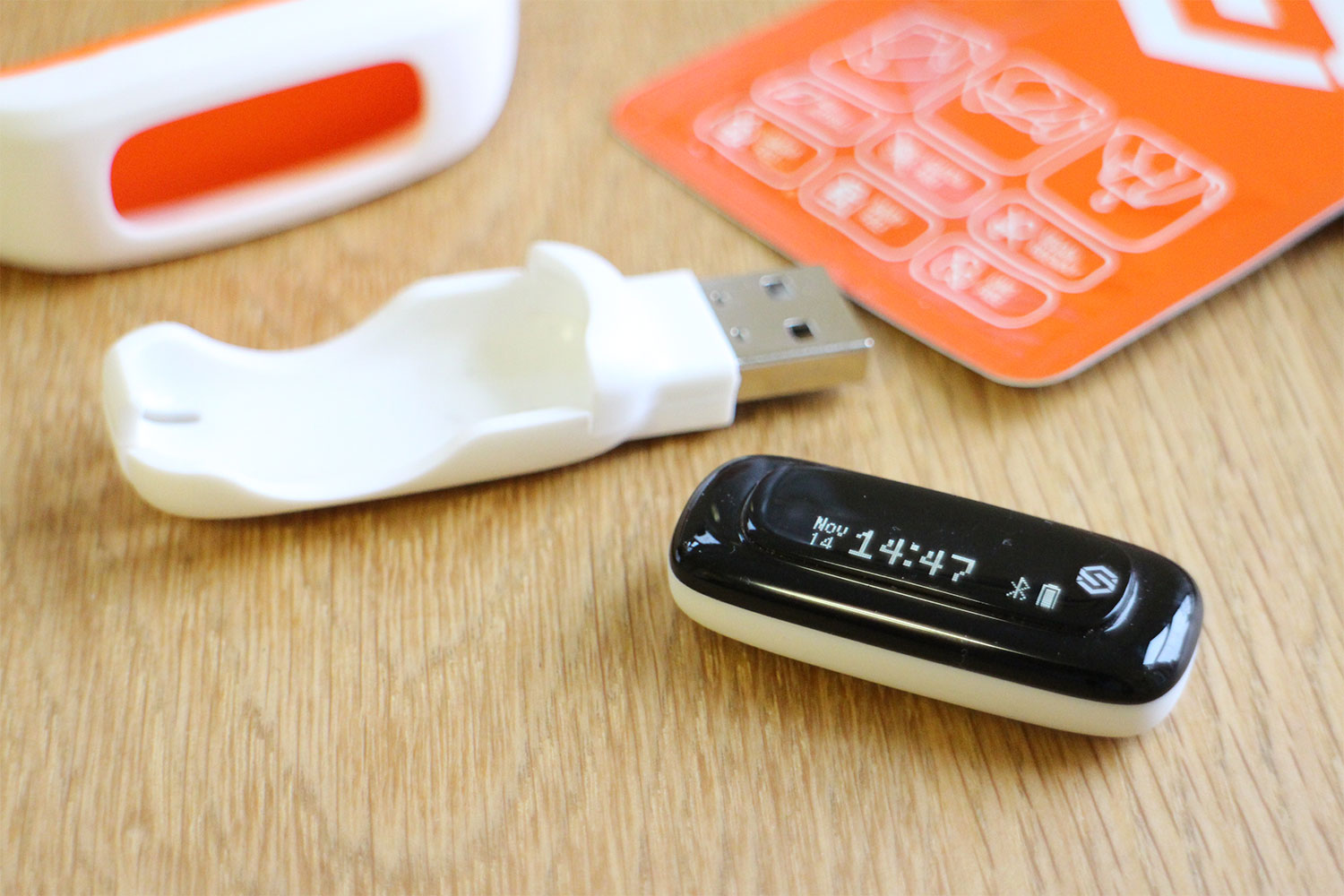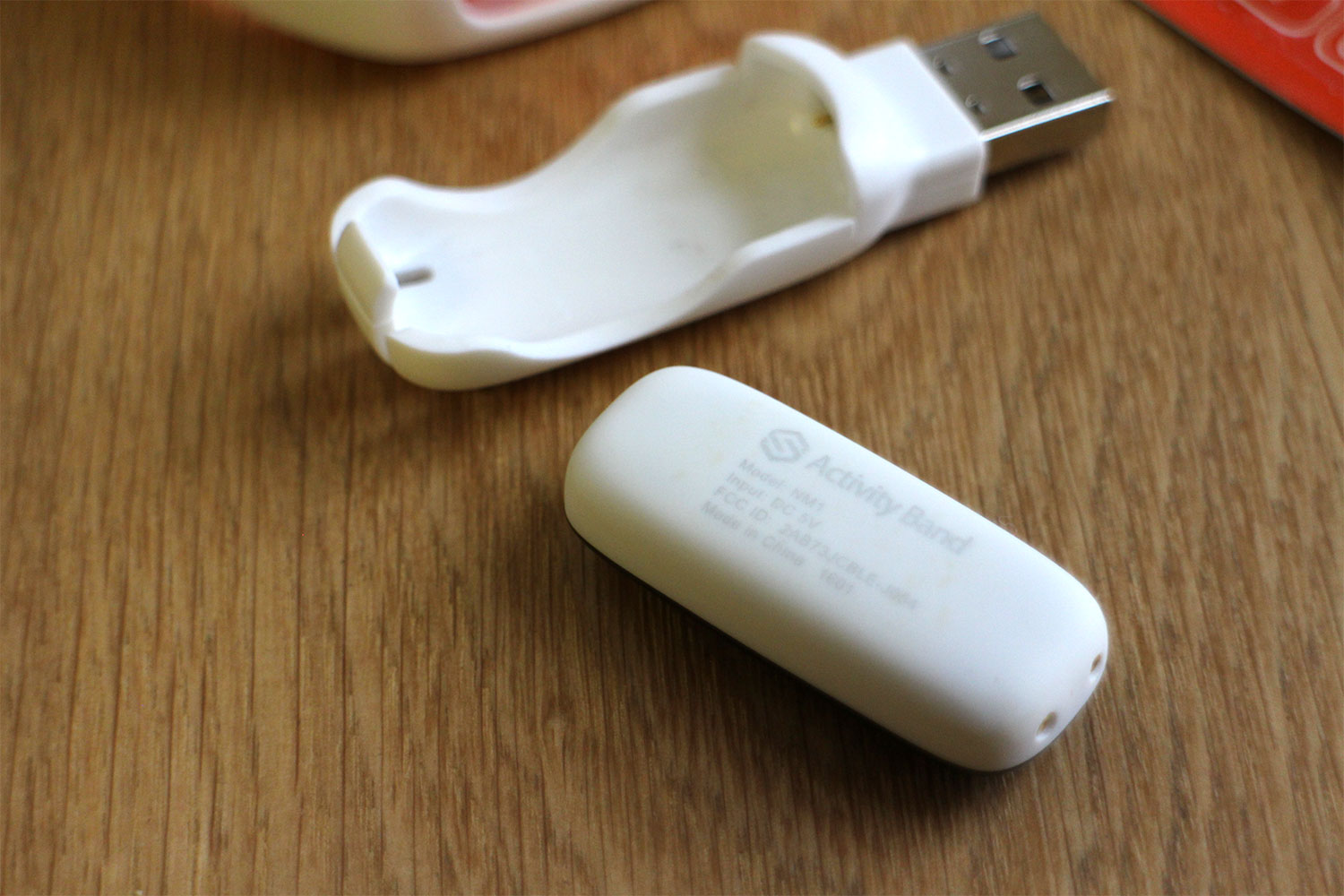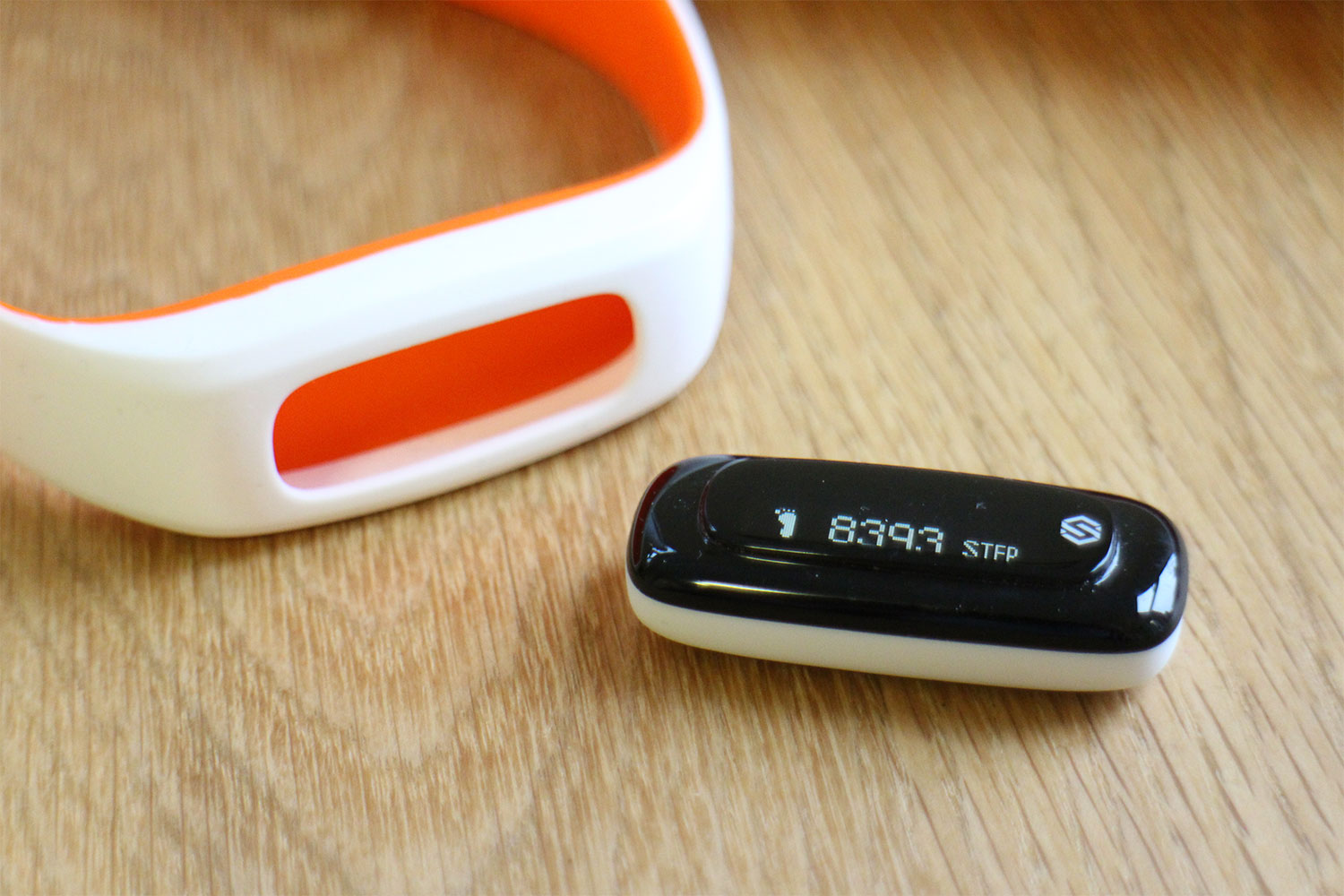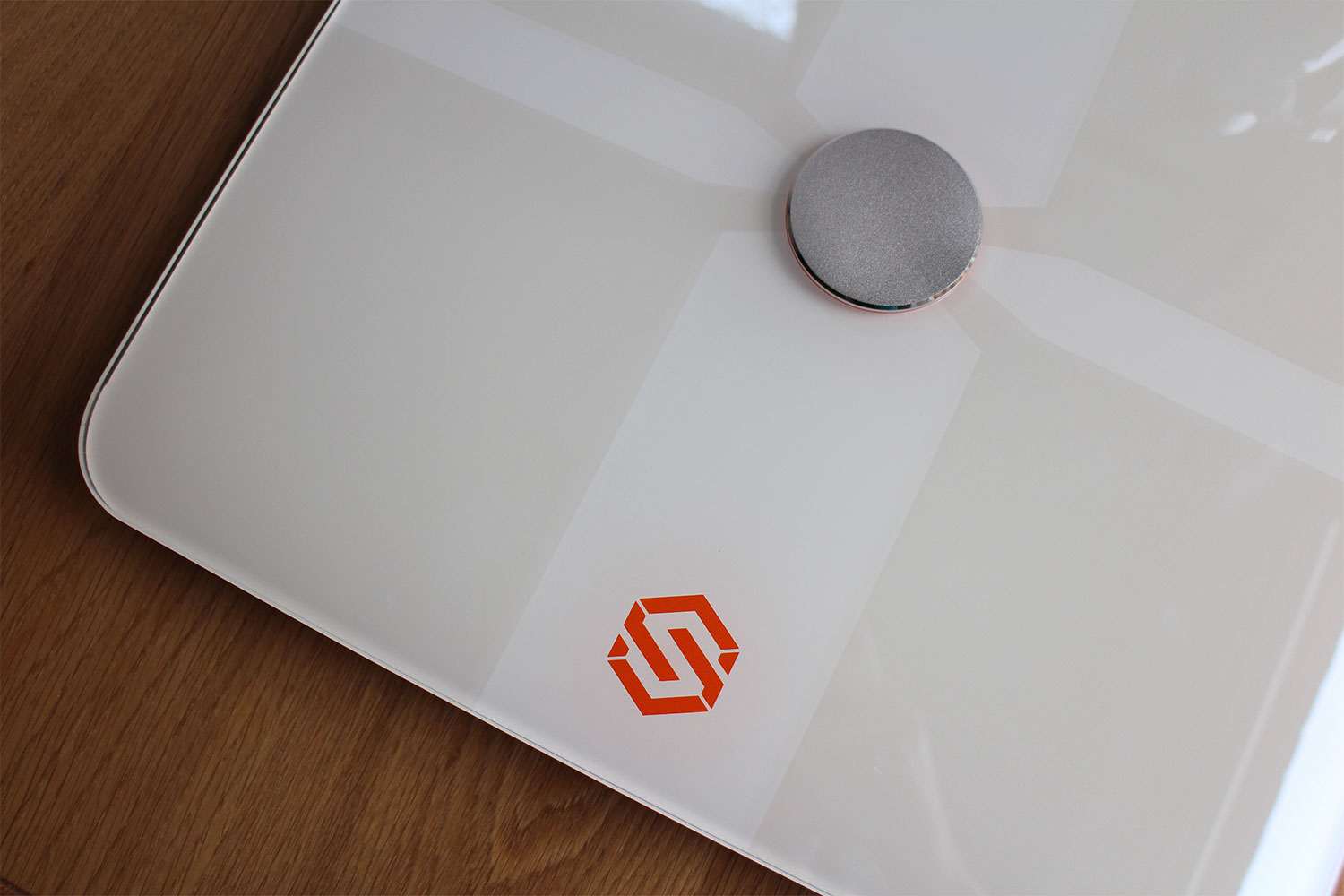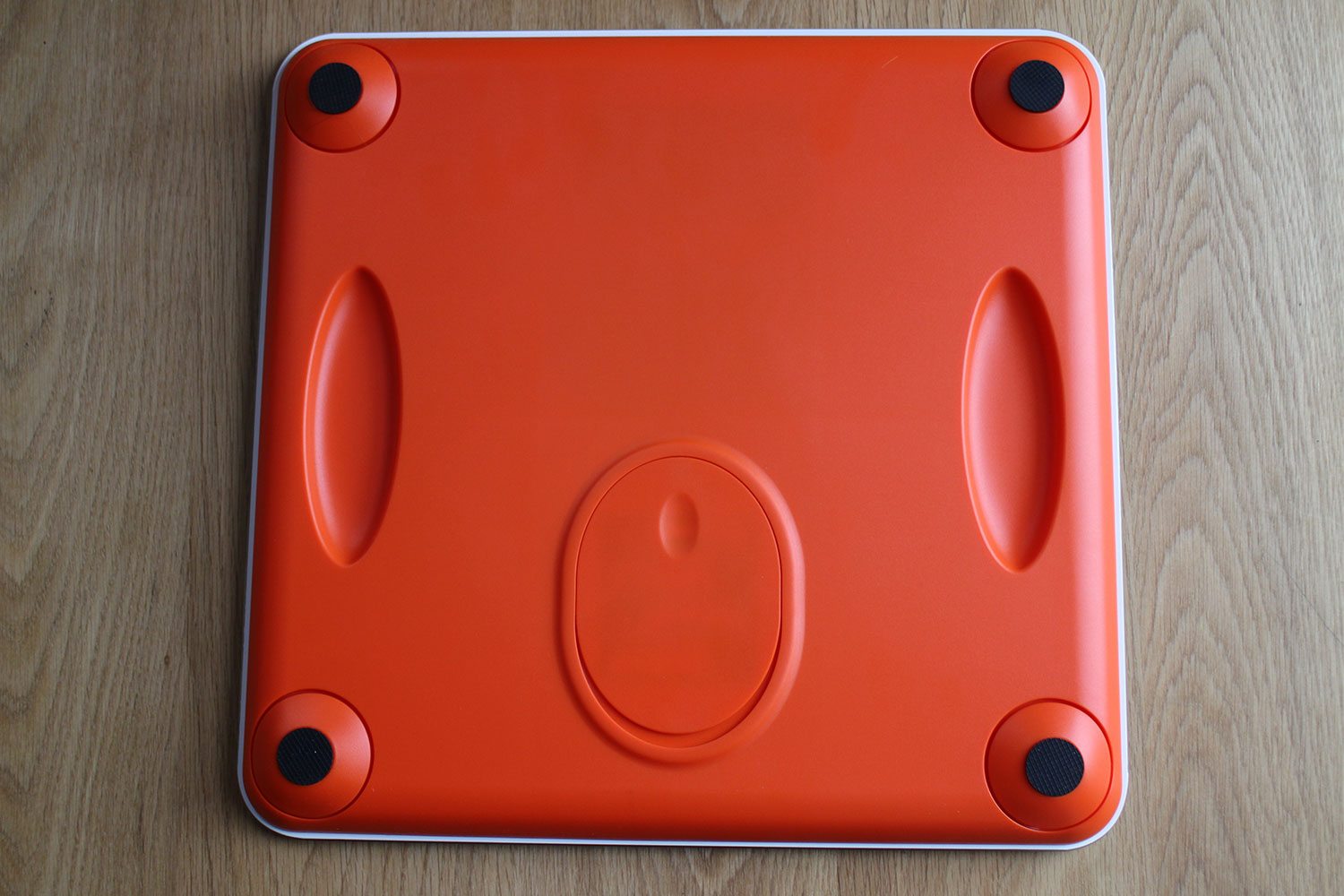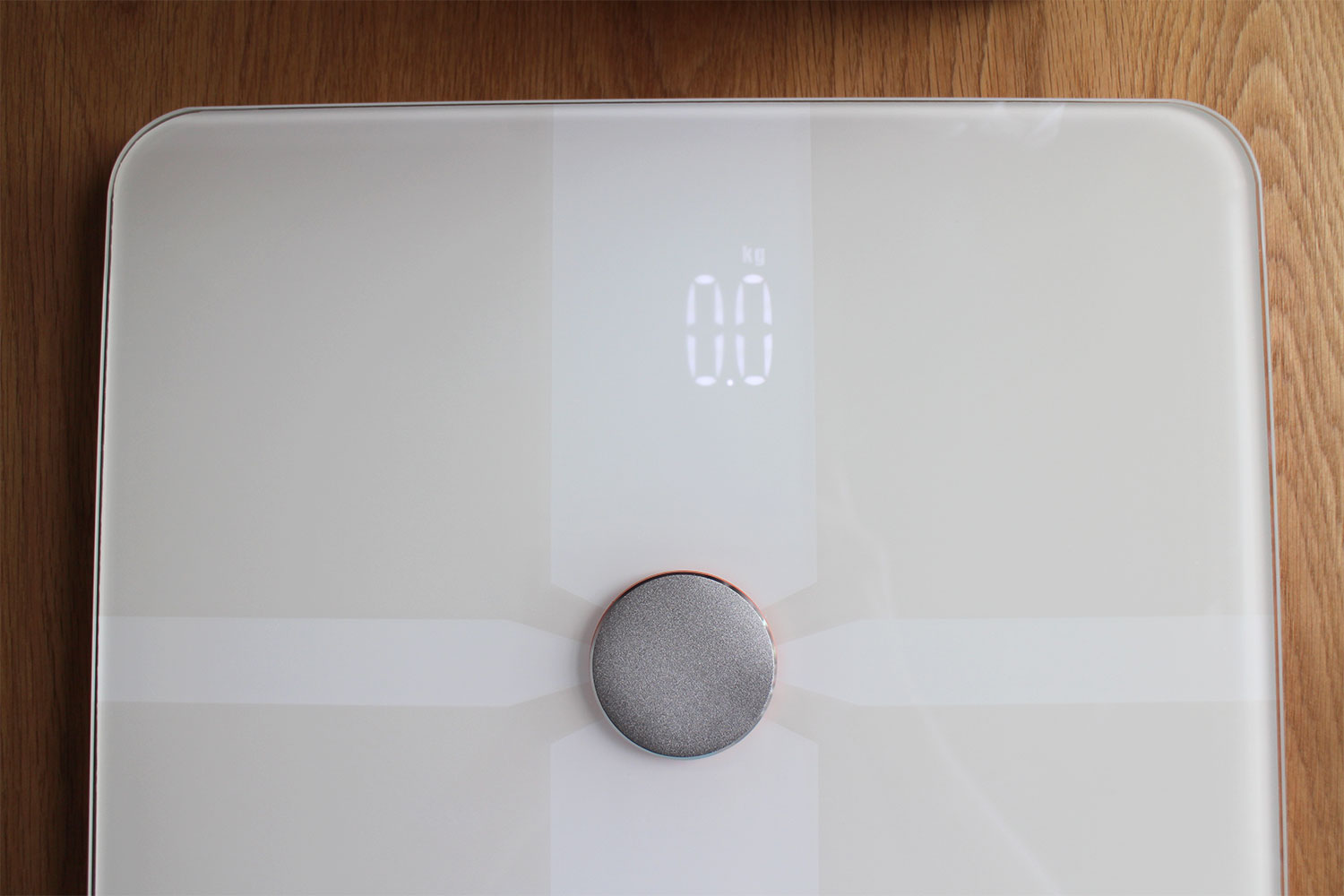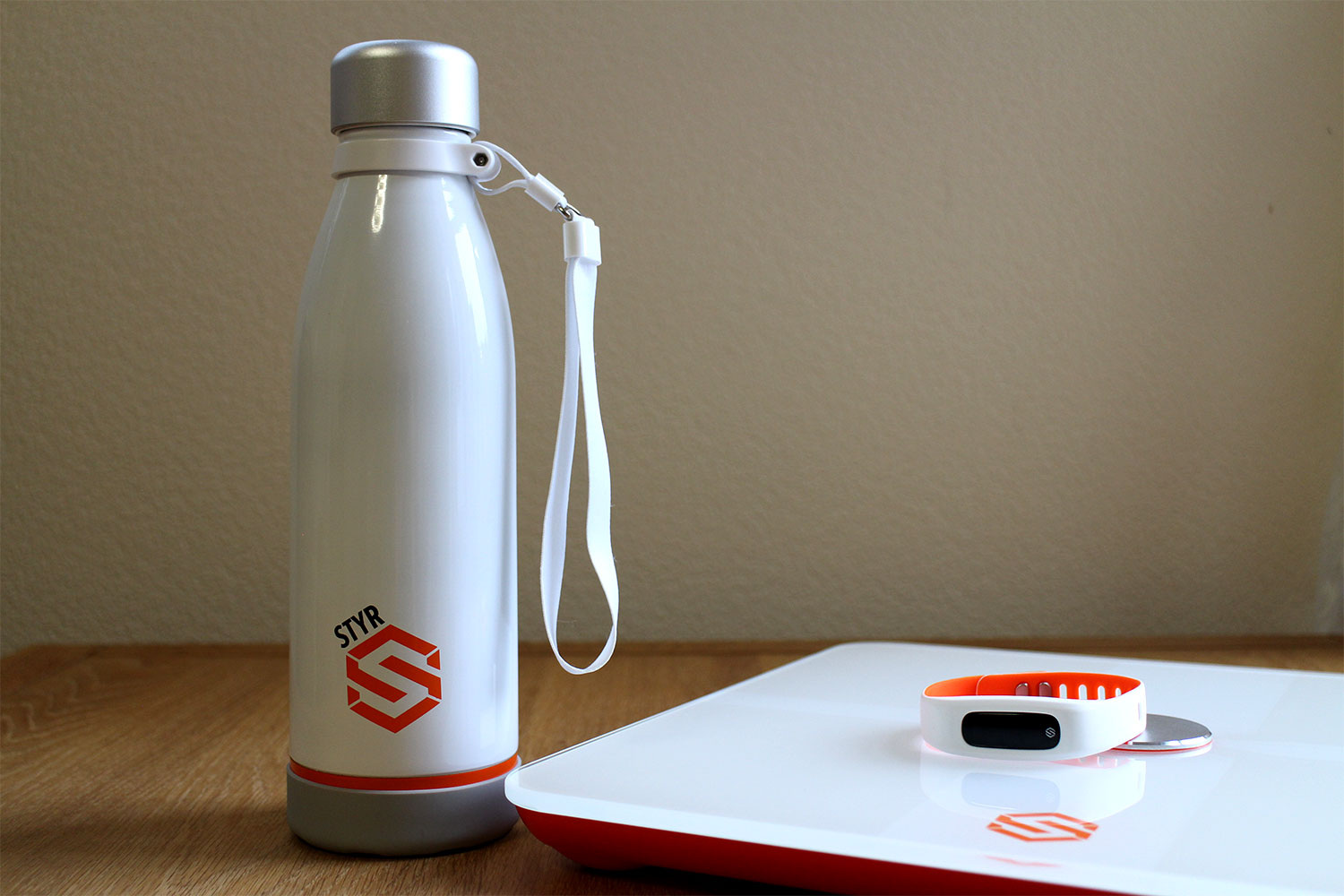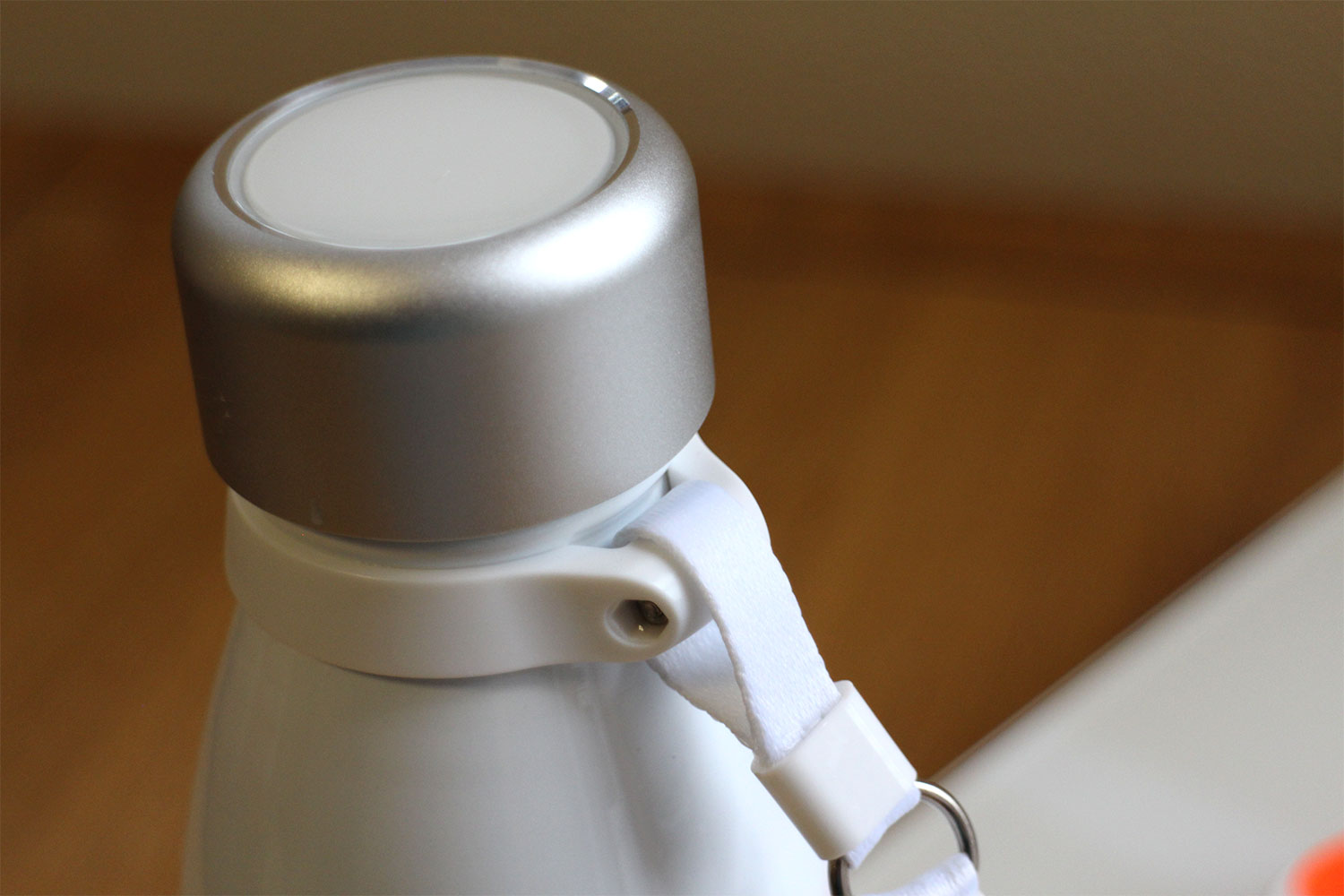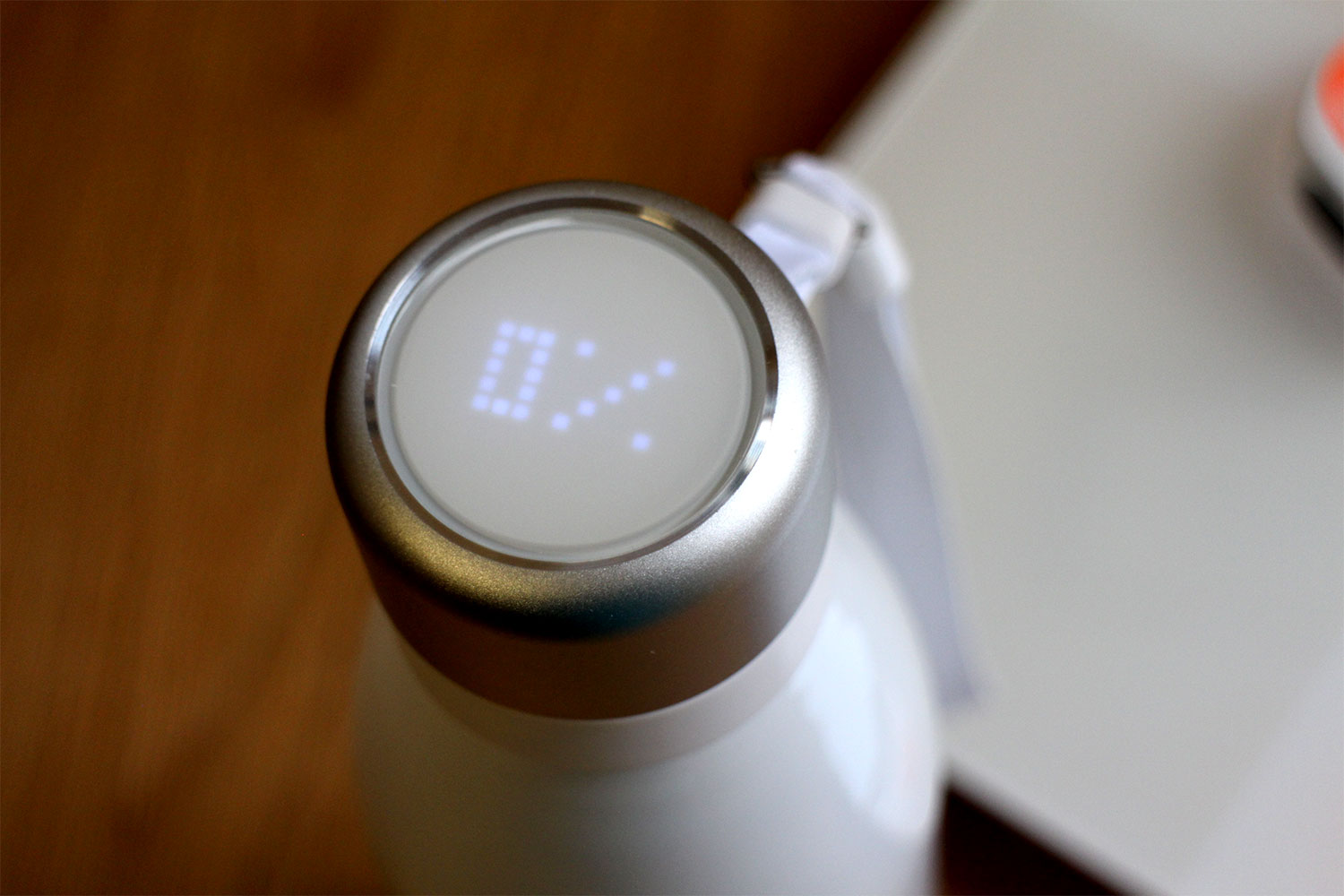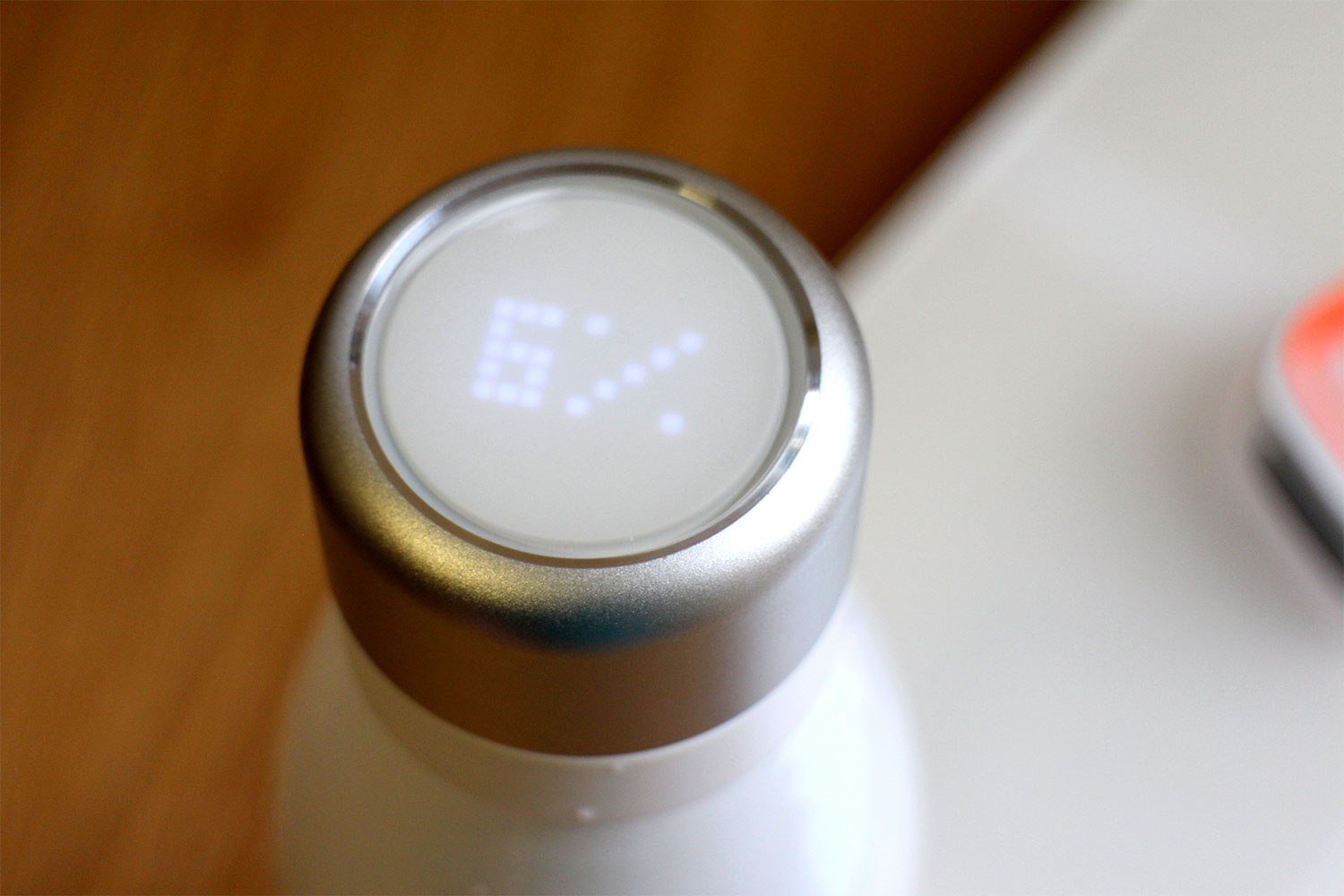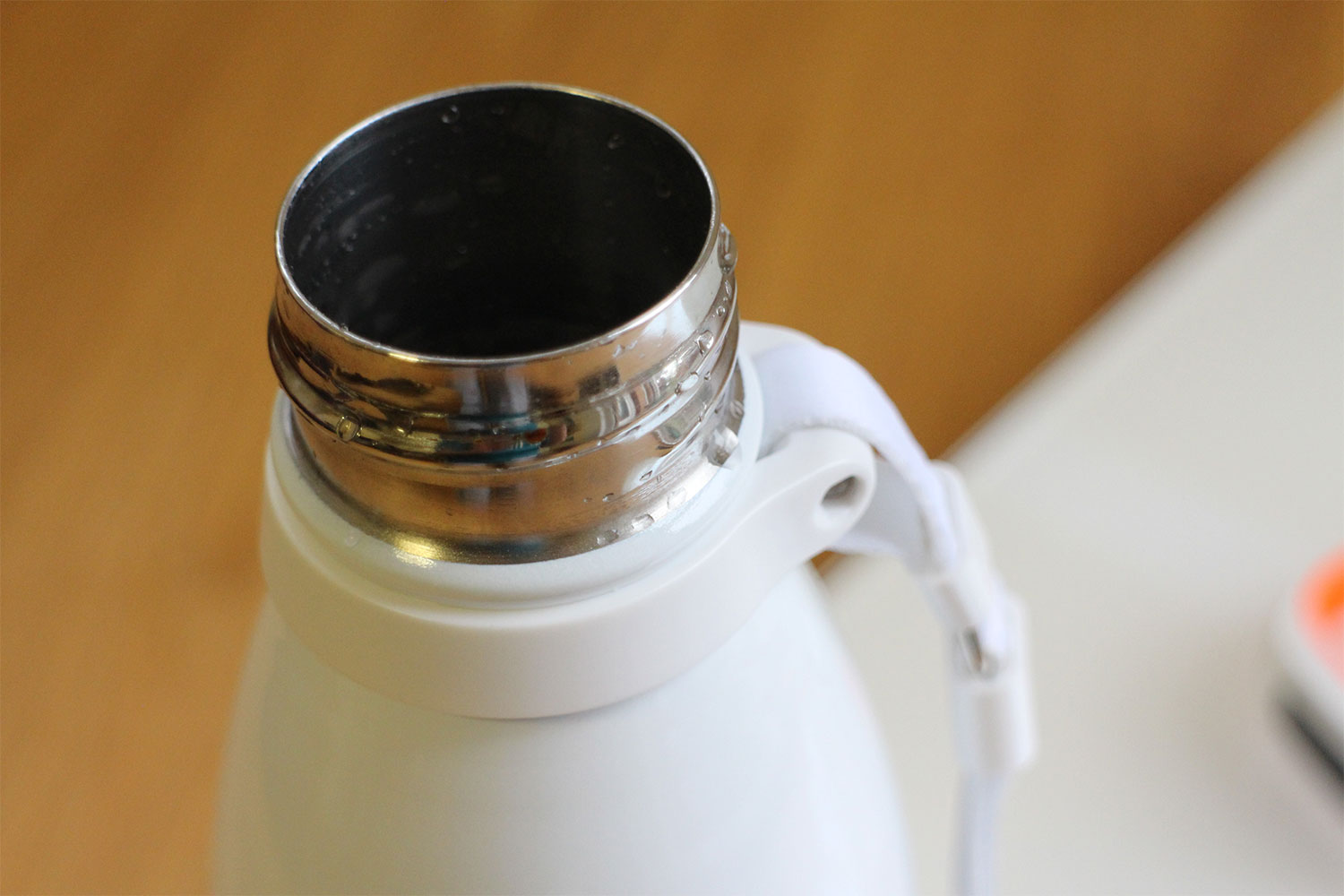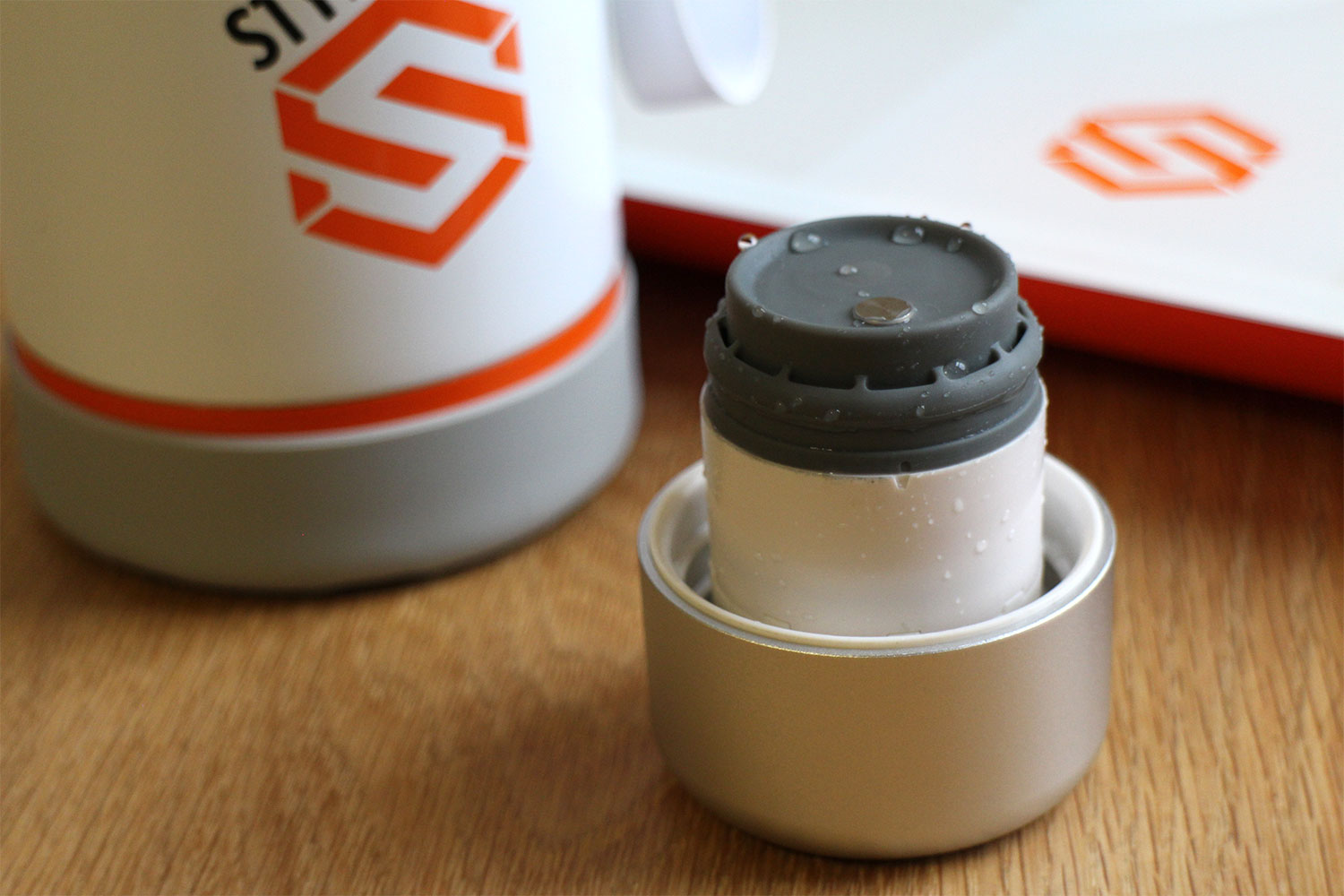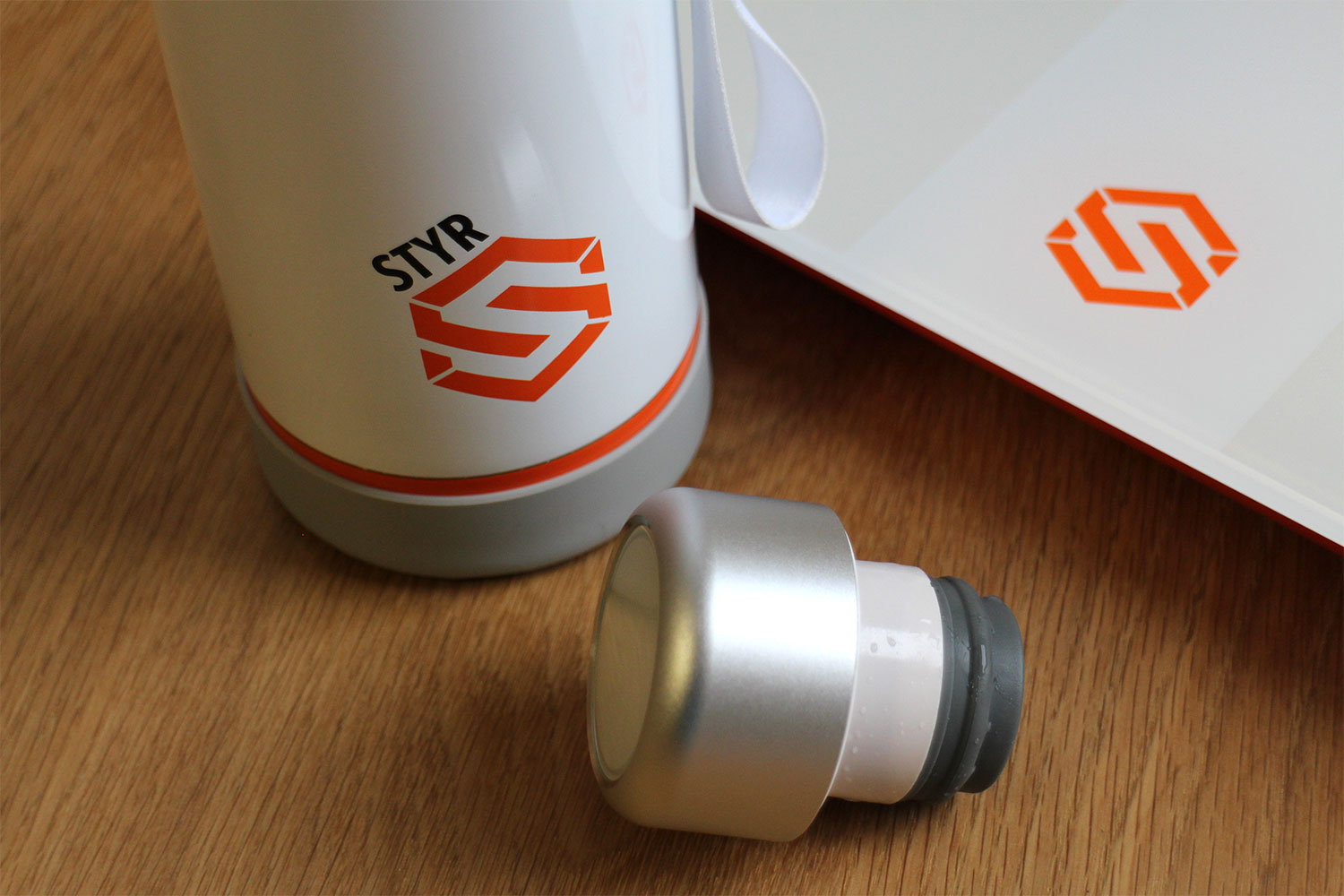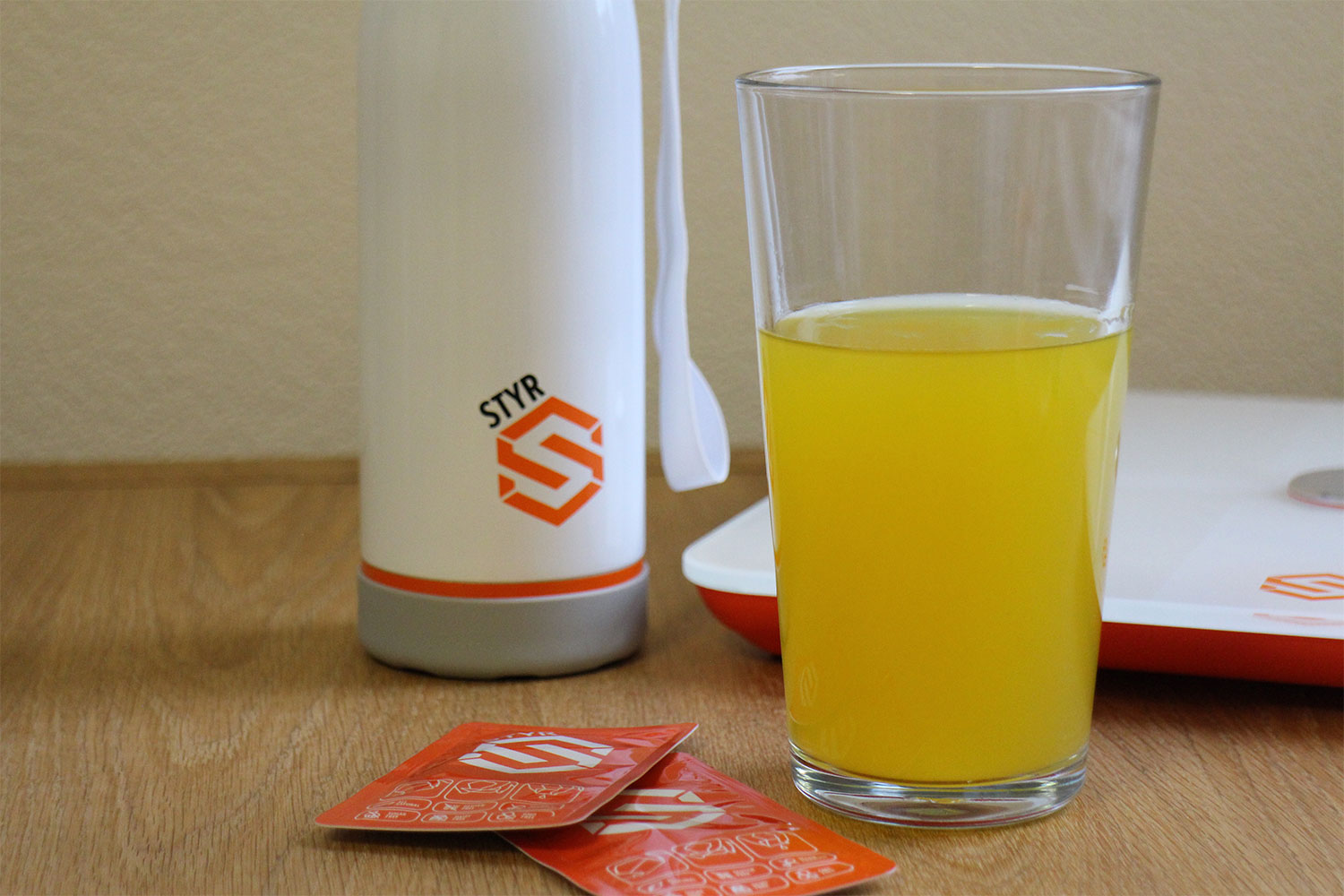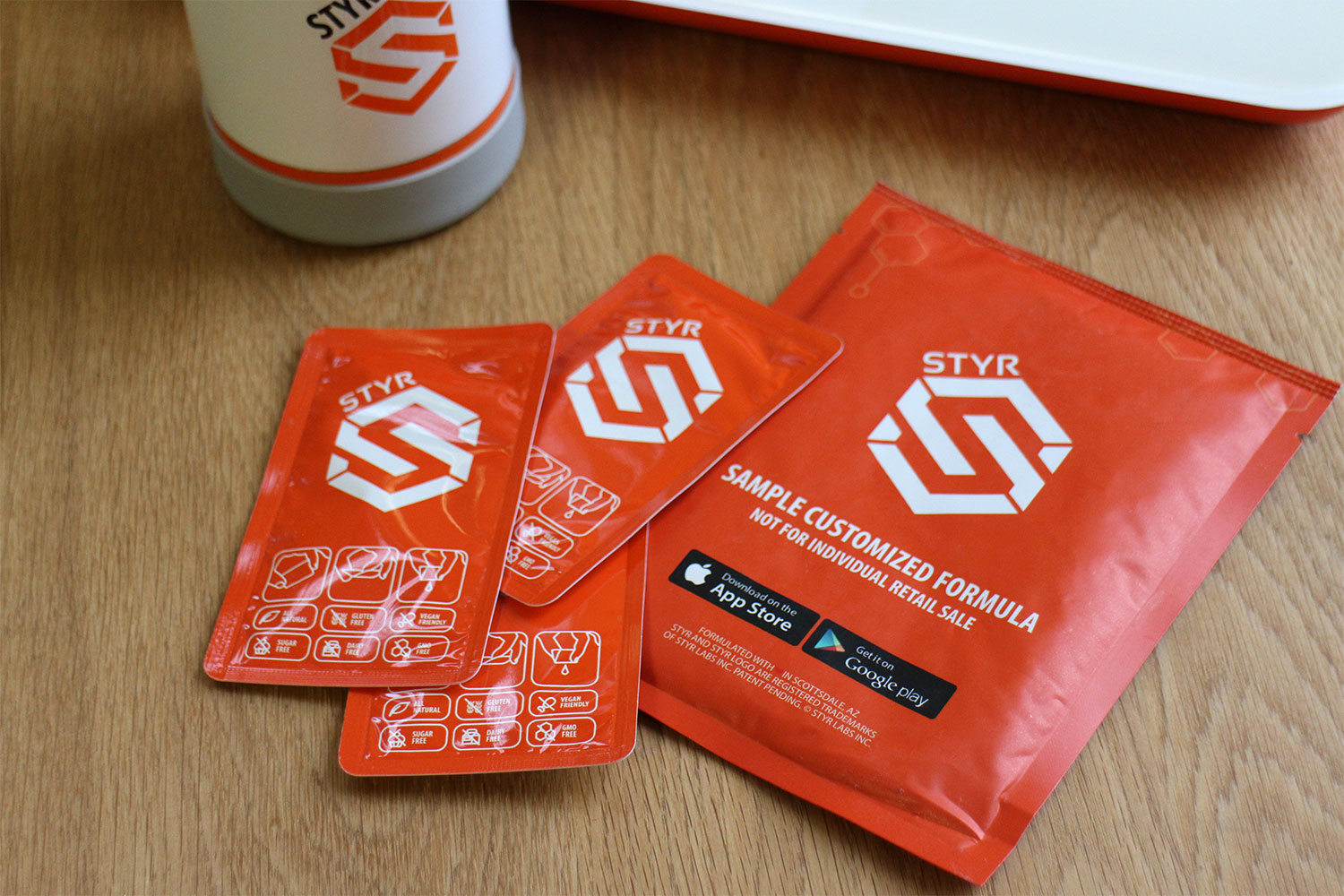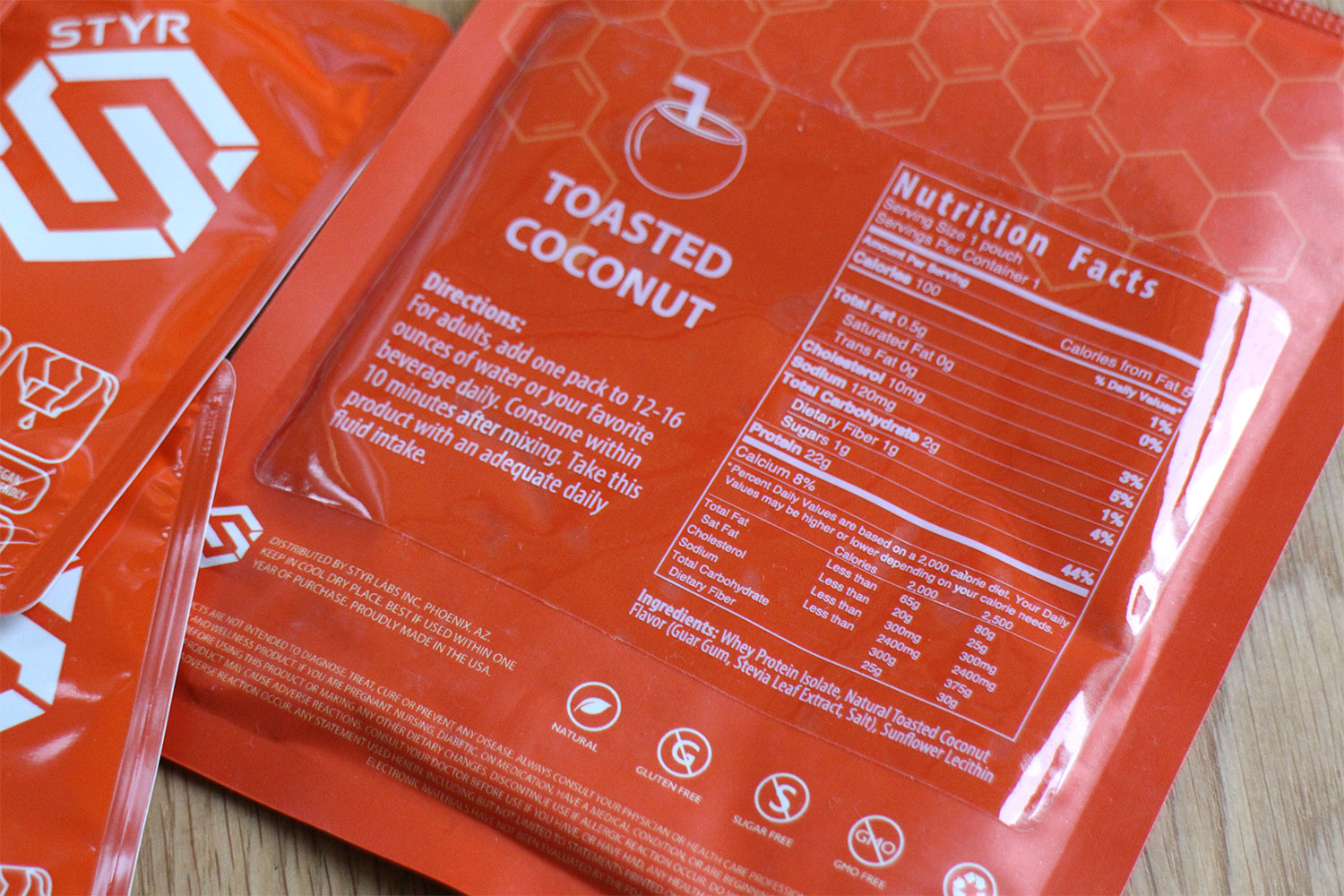
“Like its vitamin supplements, Styr Labs fitness hardware left a bad taste in our the mouth.”
- Smart Water Bottle provides useful data
- App works with other devices, easy to use
- Good value equipment
- Activity tracker misses out on key features
- Questionable accuracy on Smart Scales
- Supplements aren’t pleasant.
- Little feedback on progress
When you commit to the gym, you get a full body workout, whether it’s all in one go, or spread over different weekdays concentrating on different parts of the body at a time. Either way, it’s a one-stop shop for the fit and (possibly) healthy. Styr Labs (pronounced “stir”) wants to emulate this with its fitness product range, and has created several devices that all work together through the same app.
There is a fitness band, connected scales, and a smart water bottle, all sold separately but designed to work together through a single app. Styr Labs will also recommend and sell you vitamin and protein supplements. All of this should mean a healthier, fitter, and happier you. Or at least, that’s the intention. We’ve been using them all for a few weeks to see how they (if you’ll forgive the pun) work out. Like gym membership, Styr’s product range represents a significant financial investment, so you want to know it’s worthwhile. Here’s what we found out.
Fitness band
The most remarkable thing about Styr’s fitness band is the bright orange and white color scheme. It’s a welcome change from the dreary black models we’re so used to seeing, and although it’s not the most stylish out there, we like the way it stands out on our wrist. It’s comfortable too, with a soft, pliable silicone strap that never once irritated us. For the first few days, it did catch my wrist hairs though, but this stopped after a few days’ use. It’s secured on the wrist using a double stud fixing, and it never came loose, plus we like the metal tab on the opposite side.
Otherwise, the Styr band isn’t very different from all the other less-than-fashionable fitness bands out there. The brain module slips inside the strap and creates quite a bulky profile, and although it was never intrusive when wearing a shirt, you definitely know it’s there. Don’t expect it to disappear under your sleeves. If this is a real pain, then take the brain module out and put it inside the belt clip that comes in the box. It’s a nice touch, and lets you make the choice on a daily basis how you want to wear the Styr Labs tracker.
A small display shows the time, date, battery level, and Bluetooth status as standard. Tap the Styr logo to cycle through screens showing step count, calories burned, distance moved, active time, and percentage towards your daily goal. It’s sensitive enough that you don’t have to be too precise with taps, which is essential when using it on the treadmill, or out running.
However, you probably won’t bother swapping screens on the move. There’s no heart rate tracking on the Styr Labs wristband, meaning it can’t deliver one of the most important stats to serious fitness fans, at whom surely the whole Styr product range is aimed. It’s not that unusual for a fitness tracker to miss out on a heart rate monitor, due to battery drain and cost reduction, but that’s not the only missing feature here. It doesn’t currently include sleep tracking, a strange decision, especially as Styr says it’s meant to be worn 24 hours a day. Styr told Digital Trends it’s a feature that will be added in the future, but didn’t provide a date.
Styr says the battery is good for two weeks, which is a little ambitious according to our tests. We mostly managed ten days before feeling the need to recharge, although the battery level indicator on the band itself spends a lot of time on the lowest level, so there’s a chance we jumped the gun. To recharge, the brain needs to be popped out of the strap and into a proprietary USB charger. We always prefer a Micro USB or Type-C charging connector, as it’s one fewer charger to lose, or to carry around.
On the positive side, the Styr Labs band is accurate, and thanks to a live step count you can check to see if it’s matching the steps you’re actually taking. It’s also not that expensive at $68, but when more comprehensively spec’d bands like the Xiaomi Mi Band 2 cost half this, it’s hard not to be a little disappointed.
Connected scales
Even if you’re not trying to lose weight, monitoring it is important in any fitness regime, and Styr Labs has its own connected scales to add to the various models already available from other manufacturers. Matching Styr’s fitness band’s eye-catching orange and white color scheme, the Styr connected scales are anything but subtle, and if your bathroom is a vision of chrome and stark white colors, it’ll only just about fit in. The top is frosted glass broken up with chrome accents and an orange Styr logo, but the base is all orange plastic. It feels solid, well-made, and safe to stand on. The LCD display is also bright and easy to read, but remains neatly hidden when the scales aren’t in use.
Like the band, the scales sync with the Styr Labs app on your phone using Bluetooth, and we never experienced any problems with this. Setup takes a few moments, and is guided by the app. While data is displayed on the screen, it’s better analyzed through the app. It collects weight (in kilos or pounds, selected by a switch alongside the four AA batteries hidden in the base), body fat, muscle mass, visceral fat, and body water data.
Not having sleep tracking enabled on the fitness tracker was Styr Labs’ first oversight, and its next is the lack of a BMI figure. While it may be a contested metric, it’s one many people recognize and use to measure progress towards weight loss goals. Arguably, those aiming for weight loss may be happy to use the body fat and visceral fat numbers as a goal, but there will be many newcomers who don’t understand these metrics. Styr Labs told Digital Trends the app already calculates BMI, but it’s not shown in the app. It may arrive in the future, when it can be integrated with the other measurements.
This is vaguely good news, although there’s no date when this may happen, but only if all the data provided by the scales is accurate. In our tests, they returned a different weight reading from my other set of digital scales, each time increasing my weight by 700 grams. More worryingly, it said I had 10 percent body fat and a visceral fat measurement of 5, neither of which ring true at all. For the record, male athletes may have body fat of between 6 percent and 13 percent, according to some sources, and I’m pretty far away from being called an athlete.
I took the weight readings on several different occasions, stepping off one and on to the other immediately, and the difference was consistent. Without a third set to verify which is correct, I can’t say which set is “wrong,” but because the additional data provided by Styr’s set is quite obviously wrong, it’s difficult to trust them.
The scales cost $78, which is very competitive, but price doesn’t matter if they’re spewing out misleading figures. Especially as it made me heavier.
Smart water bottle
The latest addition to the Styr product range is the Smart Water Bottle, designed to ensure you’re drinking enough fluid each day. It’s a tall, metal bottle with an oversize screw top that incorporates a simple display. Fill the bottle with water and as you drink, the top shows the percentage you’ve reached towards that daily goal. The goal, like the other Styr products, is based on your answers to key questions and your daily activity. Log lots of exercise, and it’ll adjust the goal accordingly.
The design, for a bottle, is great — it really does look cool. It’s all very solid, to the point where it’s actually quite heavy when filled to the brim, so it’s a good thing it has a strap wrapped around the neck. The size doesn’t make me want to carry it around much; but others will feel differently, especially if you’re used to carrying a less tech-filled water bottle around each day.
To get the most from the Smart Water Bottle, you’re going to have to carry it with you. It understands when you’re at the gym by using geo-fencing technology (provided your gym is one of the 55,000 supporting the tech), knows when you’re on a flight so it can cleverly manage dehydration, and understands temperature and humidity data. Like the fitness tracker is supposed to be on your wrist all day, the Smart Water Bottle is equally supposed to always be in your hand.
Knowing how much you drink each day is interesting, and even for those who think they drink plenty of water each day, the results can be surprising. The bottle syncs with the Styr app, and how much you’ve gulped down each day appears in its own dedicated area. Sadly, my gym doesn’t recognize the Smart Water Bottle, so I never received notifications telling me to drink something after a workout, but the top of the bottle did occasionally vibrate to remind me to drink up.
It’s powered by a coin cell battery hidden in the top, which is supposed to last for about two years, and the bottle itself is safe for the dishwasher. It costs $60, and is sturdy enough that it’ll last for some time. Compared to the other Styr products, it’s by the far the best of the bunch. The water bottle is easy to use, doesn’t need charging, provides meaningful data, and looks great.
Vitamin supplement
If you’re wondering why Styr Labs fitness hardware is so reasonably priced, here’s where the company expects to make its money back. The controlling app asks a series of questions, which when matched with your fitness activity, then recommends a multivitamin concoction that you order from Styr itself.
Having answered its questions, the result came back with a long list of vitamins, including A, C, D, E, B1, B2, Zinc, Manganese, Vanadium, and a whole lot more. Each vitamin has an extensive breakdown of what its benefits and possible side effects are, plus there’s the chance to make adjustments to the formula if you feel the need.
Tap the purchase button at the bottom of the screen, and 30 doses would have set me back $68 with free shipping in the U.S. If Styr has to send them to the U.K., it would have be an extra $46 on top, for a grand total of $114. If you’re using the connected scales, then Styr will also recommend a protein supplement based on all your data. Here, it contained whey protein isolate and debitterized hydrolyzed whey protein, and a 1lb bag, suitable for a month, would cost $28.
I’d answered I wanted to lose weight and improve endurance. Because I’m not a dietician or fitness trainer, I genuinely have no idea whether these supplements would meet my goals, or how I should work around them regarding eating, exercise, or lifestyle. I suspect most other people would be in the same situation. You have to place all your trust in Styr and the app, plus to ascertain how to use the supplements, it’s either guesswork or a consultation with a dietician.
What do they taste like? Luckily, Styr provides some sample multivitamin and protein blends in its starter kits, so you can try out general formulas before going ahead and buying more. Fifteen multivitamin packs come with the fitness band, so you’re set for two weeks. I didn’t need more than a day to decide I’d not be buying any.
They come in a clever packet that you split open and pour into water or juice. It doesn’t state a particular flavor, but if you imagine sucking a multivitamin tablet until it dissolves, then it’s just like that. It tastes vile, and I couldn’t finish the glass of water it was in. Swallowing a multivitamin tablet just gives you that odd metallic aftertaste for a second. Styr’s packet lets you savor that taste for an extended period of time, and if you’re anything like me, get some indigestion from it too.
A protein sachet came with the connected scales, in a pleasant sounding toasted coconut flavor, for which my hopes were higher. It required mixing in no less than 350ml of water, or the drink of your choice. It wasn’t as offensive as the multivitamin, but did leave an unpleasant aftertaste, and it was extremely filling. Perhaps that’s the point, but because there’s no explanation on how to use it, I don’t know.
To drink anything on a daily basis, it simply has to taste good. You have to want to drink it, otherwise you won’t bother. I couldn’t finish the first glass of Styr’s concoctions, let alone do it again the day after. The upside is, I won’t be paying out for them, or any international shipping charges.
App
Styr’s app is the heart of the system. You need it to setup and sync the devices, it stores and displays all your data, and it’s where you can tailor and order the supplements. It’s very attractive, with a grey background and colored bars representing progress, and each one can be tapped for more information. Do so, and the screen changes to match the color of the bar, and you can view historical data. Goals can be set, the fitness band configured, and each data band moved around on the screen. There’s the chance to manually add activity, daily meals, fluid intake, and heart rate.
While nicely designed and easy to use, it suffers from the same problem that many other fitness platforms do: It doesn’t tell you anything at all about where to improve, where you’re going wrong, or provide anything motivational. Not even a message to say you’re close to a goal, or you should get off your backside and do something. A few vibrations from the wristband when you cross the 100 percent step count is about it. The app does send push notifications from Styr asking how you’re getting on with the app though; but I don’t care about that. I care about getting fitter, otherwise I wouldn’t be using the app at all.
We used the app on iOS, and it worked without a problem, plus syncing with the band and scales happened in moments without any reliability issues. Although it’s annoying that you have to prompt the scales to sync, using a Weigh In button hidden in a different menu, instead of them doing so automatically. The app is also available for Android, and there is a Skill available for Amazon’s Alexa, so you can check progress by voice.
Warranty, cost, and availability
To buy into the whole Styr Labs ecosystem, you’ll have to spend nearly $200 on the hardware — which is good value, considering the range of products you get — then about $100 each month on all the recommended supplements. In the first year, that’s an investment of $1,400, if you go all-in.
If any of the devices go wrong, Styr Labs offers a one-year warranty and if you’re not happy in the first 30 days of receiving the product, you can send it back. This apparently applies when you buy through Styr’s own website, which offers free shipping in the U.S.
Our Take
Styr Labs has built the basis of an exciting fitness product ecosystem, but hasn’t filled it with devices that do it justice yet. The fitness band is too basic, we’re concerned over the accuracy of the connected scales, and the supplements are truly unpleasant. Only the unusual, genuinely helpful smart water bottle, and attractive but feedback-light controlling app gives us hope for Styr’s future.
Is there a better alternative?
The Styr Labs ecosystem is unusual, ticking more hardware boxes than most of the competition thanks to the smart water bottle. If we leave aside the supplements, Withings provides smart scales and activity trackers that work through the same app, as does Garmin and Fitbit; but none have the bottle. However, in our tests the scales aren’t accurate, and the activity tracker doesn’t track sleep, or have a heart rate monitor.
For this reason, we’d recommend getting the Fitbit Flex 2, or the Garmin Vivosmart HR+, and matching it with the same manufacturer’s scales. Here’s where things get interesting. You can still buy the Smart Water Bottle, because a Fitbit, Withings, or Garmin tracker and scales all sync with the Styr app. It’s not the best app, as we’ve discussed, but having all your data in one place is convenient, plus you get to use the water bottle.
You don’t want the supplements anyway, so although the hardware is more expensive, you will save money by not buying into the complete Styr Labs ecosystem.
How long will it last?
The products all appear to be hard-wearing, so there’s little to be concerned about. It’s more of a worry the fitness band is already out-of-date in terms of technology, which definitely puts us off, and we’re wary that ecosystems like this rely on the app being kept fresh and interesting. It hasn’t provided any dates for what we’d call essential updates — sleep tracking and BMI — at this time, which doesn’t give us much confidence for the future.
Outside of this, Styr Labs has added the Smart Water Bottle to the range recently, so it’s possible we will see more products released in the future, all operating with the app. Perhaps another tracker with a heart rate monitor, for example, or sport-specific hardware for golfers, swimmers, or tennis players. Betting additional feature-rich, more functional products will eventually come along isn’t a reason to buy the system now though.
However, if new products arrive and the app is updated, the Styr Labs ecosystem has potential for the future.
Should you buy it?
No. The only device in the Styr Labs line-up we recommend at the moment is the Smart Water Bottle. The activity tracker may be well-priced, but it’s really lacking in functionality, and the smart scales accuracy concerns put us off. The supplements are very unpleasant, quite expensive, and we’d be happy never to have any of them pass our lips again.
With only one out of the three products available being one we’d use regularly, there’s no strong reason to buy into the complete Styr Labs ecosystem at this time.
